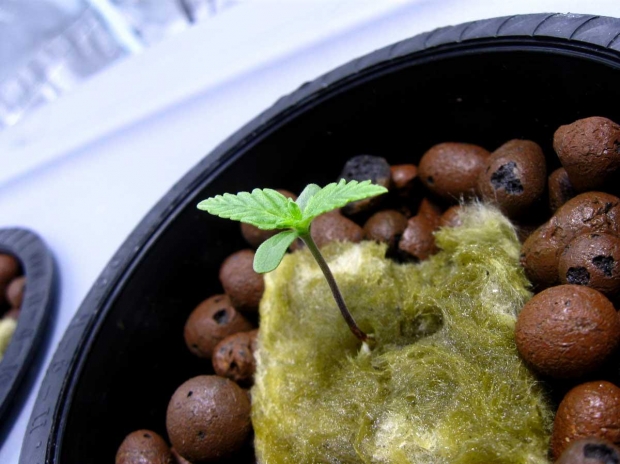 Loading... Please wait...
Loading... Please wait...Save Money. Grow Your Own!
Fast Plain Box Shipping.
We ship to the US & Canada.
Grow Your Own!
How to Makean Easy A-Frame for Hydro
Posted on 7th Jan 2016
An A-frame garden is one of the most popular systems out there for growing hydroponic plants. They're popular because they support themselves, unlike gardens grown on a wall or shelf structure. They're also popular because they don't have a large footprint -- in other words, you can set up the structure and raise a number of plants without taking up a lot of floor space. Only the smaller feet of the A-frame structure will meet the floor, and the rest will be supported by the strategically shaped beams.
Here are a few of the basic steps to creating an A-frame garden.
Create a Truss Structure
Using wood or some other common material, create the A-frame structure. These will consist of two A-shaped constructions with horizontal bars in between them.

Create Racks or Trays on the A-frame
Once you have the A-frame structure set up, you can attach trays or racks for plants to sit in, on either side of the trusses. Make sure they are level with the floor, so that you don't experience problems with water flow or an imbalance in your system. You can make these horizontal trays out of wood, PVC, plastic, composite or anything else that will support plant pots.
Install Plant Pots
On the horizontal trays, install areas filled with sterile media where plant roots will grow. These are the homes that your plants live in and they will need to have access to the water that provides the “life blood” for plants.
Install Your Reservoir
The next step is figuring out where to keep that water until plants need it. Somewhere on the floor, you'll want to install a reservoir. It can be as simple as a plastic bin or other container for water. The pump will go inside the reservoir, and tubing will come out and go up and down the A-frame structure. With an A-frame, you can run the tubing from the top of the trusses and angle it down into each horizontal tray. You can create a back-and-forth system where tubing winds its way down back into the reservoir. It's up to you how you want to set up irrigation for your plants.
Install Seedlings
Put seeds or seedlings into plant pots and test the irrigation system to make sure they get the water that they need and that the sterile media drains well enough to let water go back down into the system.
Turn on the Pump and Evaluate the System
With the pump working, look for any leaks or problems with the system. Plan the timing for irrigation, and watch your plant pots. In time, you should see plants blossom and grow as they make their way to harvest.
